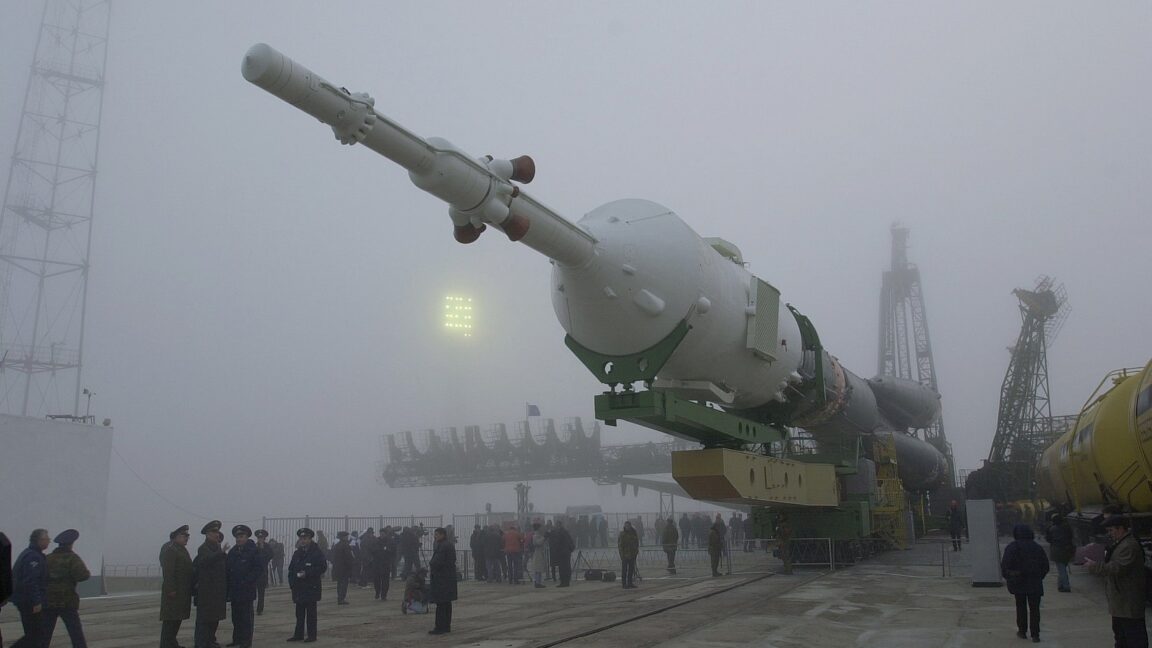Amid shutdown, NASA trying to keep Artemis II on schedule. It has been nearly one month since many parts of the federal government shut down after lawmakers missed a budget deadline at the end of September, but so far, NASA’s most critical operations have been unaffected by the political impasse in Washington, DC. That may change soon, Ars reports. Federal civil servants and NASA contractors are not getting paid during the shutdown, even if agency leaders have deemed their tasks essential and directed them to continue working.
A significant impact soon … Many employees at NASA’s Kennedy Space Center in Florida remain at work, where their job is to keep the Artemis II mission on schedule for launch as soon as next February. Even while work continues, the government shutdown is creating inefficiencies that, if left unchecked, will inevitably impact the Artemis II schedule. And some officials are starting to sound the alarm. Kirk Shireman, vice president and program manager for Orion at Lockheed Martin, said this week, “I do think we’re rapidly approaching the point where it will be a significant impact.”
Variant of China’s Moon rocket to take flight. China aims to conduct the first launch of its Long March 10 rocket and a lunar-capable crew spacecraft next year, Space News reports. “The Long March 10 carrier rocket, the Mengzhou crew spacecraft, the Lanyue lunar lander, the Wangyu lunar suit, and the Exploration crew lunar rover have completed the main work of the prototype stage,” Zhang Jingbo, spokesperson for China’s human spaceflight program, said Thursday at a pre-launch press conference for the Shenzhou-21 mission at Jiuquan spaceport.
China appears on track for pre-2030 landing … Though not explicitly stated, Mengzhou will likely fly on a two-stage, single-stick variant of the Long March 10, which is used for low Earth orbit (LEO) missions. The full, three-stage, 92.5-meter-tall Long March 10 for lunar flights will use three 5-meter-diameter first stages bundled together, each powered by seven YF-100K variable thrust kerosene-liquid oxygen engines. Zhang did not state if the first flight would be crewed or uncrewed, nor if the mission would head to the Tiangong space station. (submitted by EllPeaTea)
Next three launches
October 31: Long March 2 | Shenzhou 21 crewed flight | Jiuquan Satellite Launch Center, China| 15:44 UTC
October 31: Falcon 9 | Starlink 11-23 | Vandenberg Space Force Base, Calif. | 20:06 UTC
Nov. 2: Falcon 9 | Bandwagon-4 | Cape Canaveral Space Force Station, Fla. | 05:09 UTC


